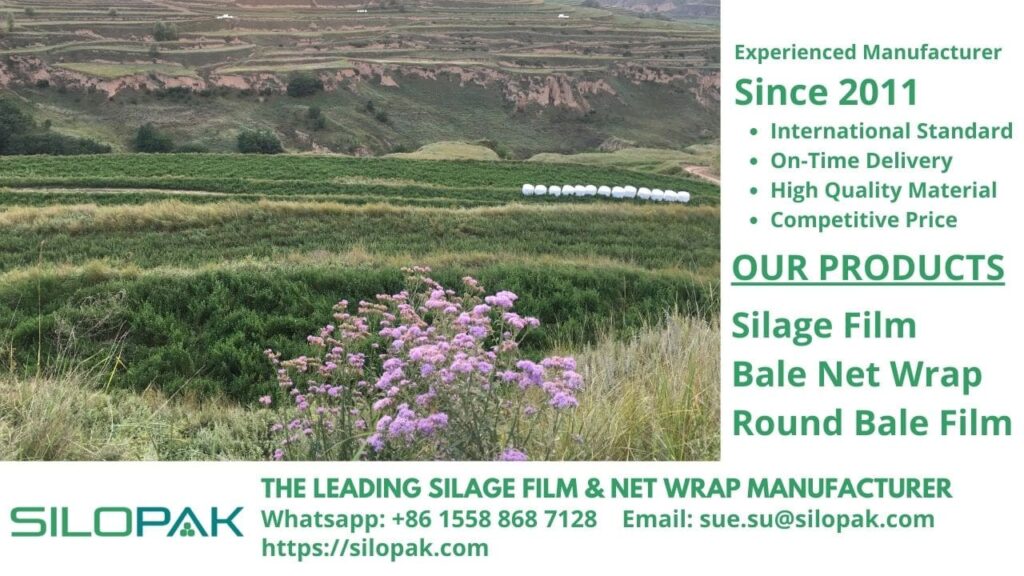
The animal feed consists of several kinds. Among them are forage feeds from grasses, nuts, and cereals. Cereal fodder will provide a rich source of energy for livestock. Especially ruminant groups, such as cattle, goats, sheep, and others. If you give cereals to livestock carefully, the effect is the performance of livestock will increase. This will certainly benefit the farmers.
Then what is cereal? What content is in it? How do you feed your livestock? Let’s discuss them one by one in this article. Mostly, cereals are given to livestock in the form of cows and sheep.
contents
What is Cereal Fodder for Farm Animals?
Cereal fodder is generally shaped like wheat. Rich in minerals, vitamins, carbohydrates, oils, fats, and proteins. That is the nutritional content of cereals that are still natural. Different if it has been refined by removing the bran. So the content is still a lot of carbohydrates. Cereals that have been refined will be missing quite a bit of some of the other important nutrients.
Cereal is a plant that comes from the grass family, which is mostly used as a grain. For animal feed, most cereals are given in the form of whole grains, milled or mixed into feed, and plants that are still intact. Several types of cereal crops, which have the largest source of energy, are corn; the energy source reaches 80%.
Types of Cereal Fodder for Livestock
In this world, there are several types of cereal fodder for livestock. The ingredients used are easy to find. Some are also self-cultivated or planted alone. Making it easier to meet the availability of feed.
Wheat
The wheat crop is the most frequently used. Almost half of this crop is used for animal feed, like the leaves and seeds. Wheat can grow and develop up to 50-150 cm. Farm animals should not eat too much grain because it will cause digestive system disorders.
Digestive disorders in livestock can occur if the intake of feed is too much. Especially if the grain is given is still in the form of freshly harvested grain. For that, try to give wheat feed to livestock and do not exceed 30% of the total other food given.
Sorghum
Sorghum is also one of the cereal fodder for livestock. Raw protein content ranges from 8-12%. In contrast, the carbohydrate content is quite high, which is 65-80%. Sorghum can be used as a substitute for corn or wheat for livestock. Apart from having sufficient nutritional content, sorghum has a low price and low consumption levels for humans. So it is very suitable as a substitute for wheat or corn feed.
Another advantage of this food source is the presence of tannins. In addition, this plant can grow in dry areas and is resistant to pests such as birds, fungi, and insects. Sorghum has a higher protein content than corn. That is between 11-13%. Giving sorghum plants can be done by utilizing the seeds. However, it should be noted that giving sorghum seeds to livestock must go through a process of enumeration first.
Oats
Maybe many think that oats are only consumed by humans. Oats can also be consumed by livestock. This cereal fodder contains less starch than corn, wheat, or barley. However, the fiber and linen content is high.
The high fiber content compared to sorghum and wheat makes oats more suitable to be fed to pigs, dairy cattle, and horses. The provision of oats to livestock must also not exceed 30% of the total final feed.
Barley
Energy sources in barley can be said to be in the medium category. Lower starch content but high in fiber. The starch content in barley reaches 55-60%. That figure is smaller than that of wheat and corn. For its protein content, barley has a protein similar to wheat. However, barley protein is higher than corn. That is between 12-13%.
Barley feed is one example of a food that is often given to dairy cows and fattening cows. This was done because of the high digestibility of the rumen. Why is that? Due to the presence of glucans and pentosan, which can cause an increase in the viscosity of beef intestines. Increased viscosity in the intestine will cause a decrease in consumption and difficulty absorbing nutrients.
In dairy and fattening cattle, high digestibility can solve the problem. It is different if it is still given to animals that do not have high digestibility. The potential for problems to occur will be greater. For example, given to laying hens, the resulting product will be less good like eggs and meat.
Those are some explanations about cereal fodder for farm animals. Have you given the feed to your livestock? The addition of the above feed will certainly increase the growth and development of livestock because it contains many essential nutrients for growth.
The above feeding can be done by utilizing the leaves and seeds. To get enough feed, you need to save it when harvesting. This means that if one day the availability of feed is not available, you will still save a source of energy for livestock. The stored feed should be wrapped with silage film to maintain moisture. We provide silage film wrapping for your feed needs. To be able to get it, you can order online from Silopak.
